|
Charles and I rode up Hwy 16 "Back of the Dragon" to Tazewell VA early Friday morning. We explored several new roads around the area and then worked our way over to Princeton WV. Saturday we checked out the "Dragon Roars" festival. There were local motorcycle dealers present (BMW, Triumph, Ducati, Suzuki, Kawasaki, and Yamaha). The Monster Energy stunt team demonstrated aerial stunts. Also there were bike and car shows, road map companies, and motorcycle safety companies present. We covered around 560 miles and rode some very curvy roads.
We stopped by Thompson General Store and the Back of the Dragon information center located in downtown Tazewell. Both are great places to buy tee shirts representing the road. Next year there will be a newly constructed information center, I expect there will be more people attending the festival. There are many other twisty roads besides Hwy 16 to ride in the surrounding area. Our route is shown below. Charles took some great Go Pro footage that will be posted at a later date!!!
0 Comments
Porsche Wins High Drama 24 Hours of Le MansWhen the No. 2 Porsche was pushed back into the garage a mere three and a half hours into the race, the assumption was an opportunity for victory was gone; that assumption, like most that happen at Le Mans, was dead wrong.
LMP1 The Toyotas clearly had the faster car, as evidenced by the #7’s record-breaking pole lap, but did they have the reliability? Just after midnight, the #7 slowed on circuit. Driver Kamui Kobayashi tried desperately to make it back to pitlane, but eventually came to a stop and exited the car. Not long after, its sister car, the #9, was hit by an LMP2 car in the Dunlop Chicane. A puncture and gearbox problem brought that car to a grinding halt only an hour after the retirement of the #7. The #1 Porsche took control of the category through the early Sunday morning hours, but by mid-day a loss of oil pressure ended that car’s race. As a result of the LMP1 attrition, the #38 ORECA (an LMP2 car) became the overall leader over the #2 Porsche, which was several laps down after a 65-minute trip to the garage earlier in the race. The #2 ran down the #38 and took the overall lead with less than two hours remaining in the race. Driver Timo Bernhard never let go from there and took the checkered flag for Porsche, its third-straight Le Mans victory and 19th in total. The #8 Toyota, the only other LMP1 still running at the checkered flag, was second (9th overall), nine laps behind the Porsche. LMP2 What was a hotly contested class on its own became a race for the overall podium. The two Vaillante Rebellion ORECAs (#13 and #31) were the early leaders, but the two Jackie Chan DC Racing ORECAs (#37 and #38) held with them. First the #31 had to go to the garage for a gearbox issue Sunday morning. Shortly thereafter, the #13 made contact with the #49 Ligier. This earned the #13 a 10-second penalty on pit lane. It was poor timing, because right then, the #13 (Piquet Jr.) was in a good fight for second with the #35 Signatech Alpine Matmut. This all allowed the #38 to move into the overall lead when the #1 Porsche dropped out of the race. It eventually fell to second overall behind the #2 Porsche, but still finished first in class. Piquet Jr. was able to retake second and pull away from the #37 (Gommendy) who finished third. That made it two Jackie Chan DC Racing cars on the LMP2 podium. LMGTE Pro Aston Martin was strong when it needed it the most. The #97 Aston Martin won its class from pole, but it wasn’t a simple affair. The #97 and #95 team cars often took turns at the front of LMGTE Pro, as did the #51 and #71 AF Corse teammates. Then, on Sunday morning, a dark horse emerged: the #63 Corvette. It grabbed the lead with Magnussen at the wheel, who then turned it over to Jordan Taylor at the final pit stop with 45 minutes left in the race. Taylor exited pit lane with the #97 (Adam) right on his rear bumper. After 24 hours of racing, this class came down to the final 10 minutes. The two went side-by-side through Arnage, making slight contact, but Taylor held the spot. Taylor then went through the gravel at the second chicane, on his own, and came out right next to Adam. This gave the Aston the momentum it needed to pass the Corvette in the final turn as the pair took the white flag nose-to-tail. The trip through the chicane did the Corvette no favors; a flat tire and damaged suspension slowed Taylor on the final lap, allowing the #67 Ford (Tincknell) to come through and claim second behind the Aston. Taylor limped the #63 to the finish in third. LMGTE Am JMW Motorsport seemed the only ones to have this race under control. Its #84 Ferrari charged to the class lead Saturday evening, then stayed out of trouble and executed its pit stops perfectly. The #55 Spirit of Race Ferrari chased the #84 through the second half of the race, but could not make any up ground and finished second, two laps behind the class winner. The #62 Ferrari from Scuderia Corsa floated inside the top five throughout its race. In the end, it fended off the #99 Aston Martin and #77 Porsche to finish third and make it an all-Ferrari LMGTE Am podium. HILDEBRAND LEADING PRIMAL EFFORT TO HONOR CAR NUMBERSBy Kirby Arnold | Published: Jun 16, 2017
JR Hildebrand calls himself a numbers guy, but not in the way you’d think of someone who became a National Merit Scholar in high school and was accepted into an MIT engineering program. Hildebrand, who shunned college to become a professional race driver, is a straight-A student of car culture. When he’s not powering his way around a track as a driver for Ed Carpenter Racing, he often turns his fascination to the styling of historic race cars, especially hand-painted designs and, particularly, car numbers. “The design of the cars, not only from a manufacturing and engineering perspective but also the artistic design of the paint schemes and logo placement and numbers, has always been interesting to me,” said the 29-year-old Hildebrand, who’s in his eighth season in the Verizon IndyCar Series but only third full time. “To me, the history of our sport is a currency that’s free to us within the sport. There’s so much cool stuff and it really tells the story of where we are now in a lot of ways.” Hildebrand began telling that story in May with the launch of an online project called “#PrimalNumbers” (https://medium.com/primalnumbers). It’s the outgrowth of conversations he had with a few car-geek friends – Reilly Brennan, Diego Rodriguez and Clay Dean – who would discover cool stuff and share photos and thoughts with each another online. What Hildebrand and his buddies learned was that car numbers were really cool, sometimes quirky, and often altered as the old racers were repaired or restored. Their first post in early May covered the No. 32 Marmon Wasp, winner of the first Indianapolis 500 with driver Ray Harroun in 1911. “It started about six or eight months ago with all of us kind of privately sharing pictures with each other of awesome race cars,” Hildebrand said. “We were working on some Indy car-related stuff on a side project and Reilly thought it would be cool to have the Marmon Wasp’s number digitally recreated. He had the ‘32’ made and we all instantly jumped on the bandwagon. “We knew we wanted to make this a thing and not just have it for ourselves; write a little summary both from a historical perspective with the race cars and also from a design perspective. Where do these numbers come from, why are they meaningful and what makes them unique?” Along the way, Hildebrand noticed that many of the numbers on restored cars didn’t match the original design in old photos (notice the difference in the numbers on the Marmon Wasp between the photo taken above in 1911 and the one of the restored car at right). It bothered him how much detail went into the meticulous resurrection in most other areas of the cars, while the numbers seemed an afterthought. “We realized that a lot of these numbers aren’t restored properly when everything else about a lot of old race cars gets restored right down to the millimeter,” he said. “The numbers, for some reason, get missed as an important part of that process.” Hildebrand’s write-up on the Marmon Wasp noted how the number – 32 – changed in style over the years. The car now shows block numerals with square edges, whereas the original featured “32” with more flare – the tips of the numerals angled to show “an almost medieval look to the design,” as he described it in his #PrimalNumbers report. “I look at a lot of historic race cars. Sometimes they get over-restored to a spec that was never that clean, never that perfect or with paint that was never quite that good,” Hildebrand said. “The digital photo library that Indianapolis Motor Speedway has, let alone a lot of other libraries or archives of photos, can show you exactly how they used to be. “On race cars now, everything is just over-laid on a piece of CATS software. There’s so much more to appreciate about great hand-lettering and hand-painted numbers on the old cars, and there’s a finesse even to how sponsor names are over-laid on the curvature of a car. There’s some creative or artistic license that needs to be taken to sort of get that right and make it look proper. That’s always been interesting to me.” Hildebrand and his friends also wrote about the Roger Penske Lola that Mark Donohue drove at the Indianapolis 500 in 1969, citing the unique qualities of the number – 66 – on that car. The number on the left side, he said, didn’t always match exactly the number on the right side. “When you dig into the archives, you can see that the number on the left side of the car changed multiple times just over the course of the month of May at Indianapolis that year,” he said. Hildebrand is a big Mark Donohue fan – the first racing book he read as a kid was Donohue’s “The Unfair Advantage” – and he’s smitten with the No. 6, which Donohue carried on his cars most of his career outside of Indy cars. “I felt fortunate to have the No. 6 on my cars a couple of years at Indy,” Hildebrand said. “The cleanest I’ve seen was the Donohue Penske ‘66’ from his ’72 Indy winner and the ‘6’ alone on the (Porsche) 917/30 Can-Am car. They’re sort of clinical like you would expect a Penske number to be.” The #PrimalNumbers project also detailed the No. 9 Salih Belond Special (below) that Sam Hanks drove to victory at Indianapolis in 1957. Future installments will also feature endurance sports cars. Besides the written history lesson, #PrimalNumbers also offers period-correct art of race car numbers that readers can download. “For those of us who are racing nerds, we thought providing something that can be digitally shared for people to re-use however they want would be a fun thing to do,” Hildebrand said. “We've seen some really cool stuff – people using them on their home screens, their phone backgrounds and stuff like that.” The reader response has made Hildebrand realize how many others are passionate about the history of the sport, even when the details are boiled down to car numbers. “For us, it's a fun project that we would keep doing even if nobody thought it was cool,” he said. “But it’s definitely neat to see that people are using it and enjoying it. You don’t have to be a numbers person, you don’t have to be a math or science kind of person. You really just have to respect and appreciate where our sport has been, its important cars and important people.” I had a very nice ride to the MotoAmerica race at Road Atlanta with Charles, and his Dad and Brother. The route took us along Hwy 16 through the North Carolina mountains before heading south to the race. There are a few beautiful waterfalls along Hwy 16 that are great break stops.
|
AuthorSteve at [email protected] Ride Long and Prosper! Archives
April 2020
Categories |





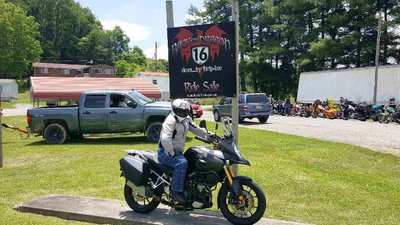
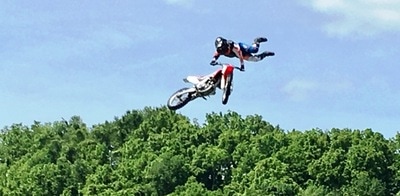




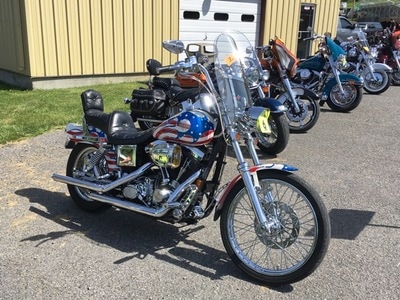
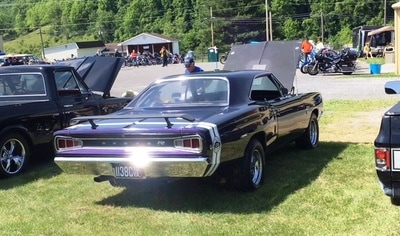

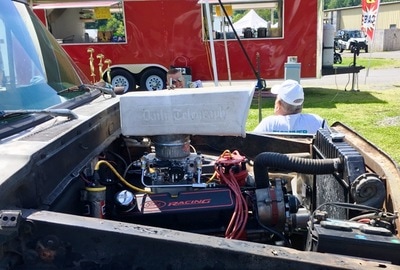
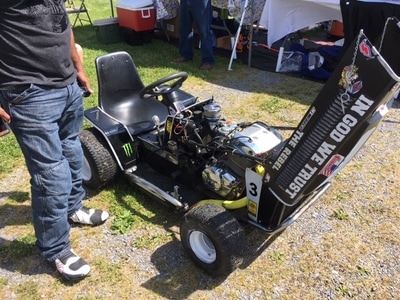
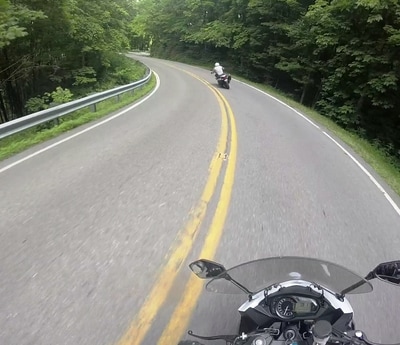

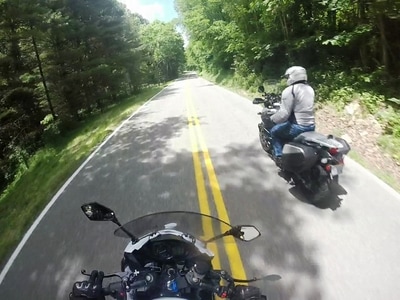



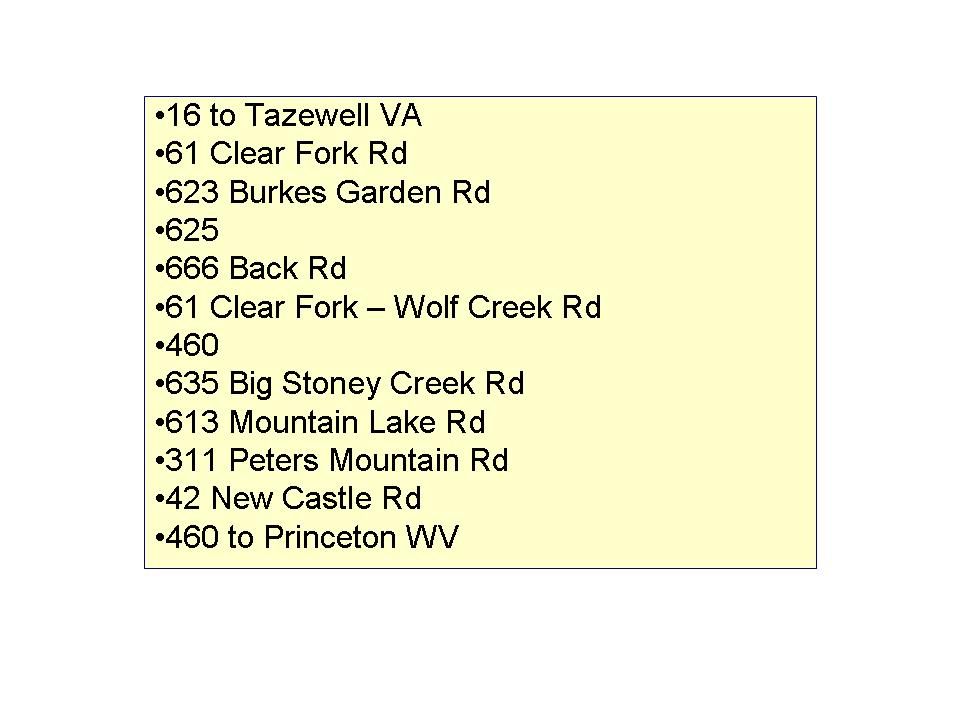




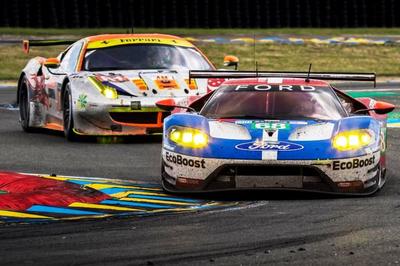








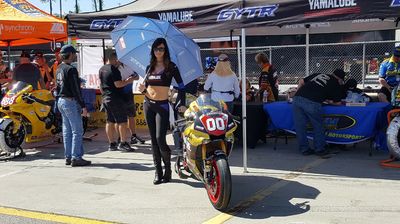
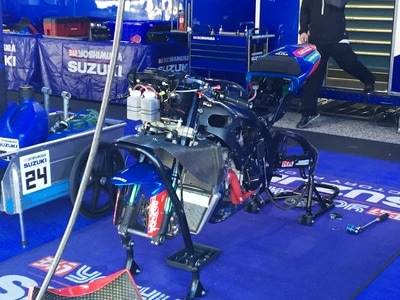
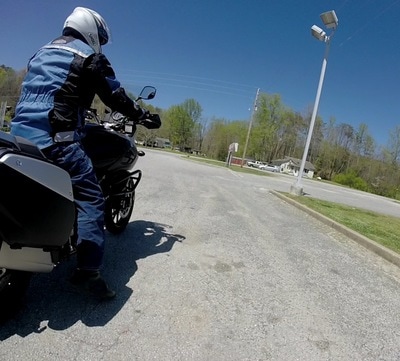

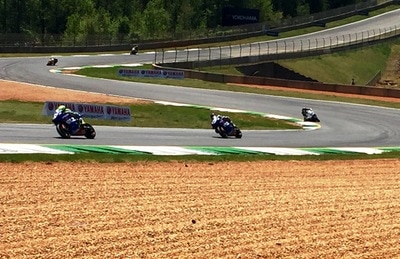
 RSS Feed
RSS Feed
